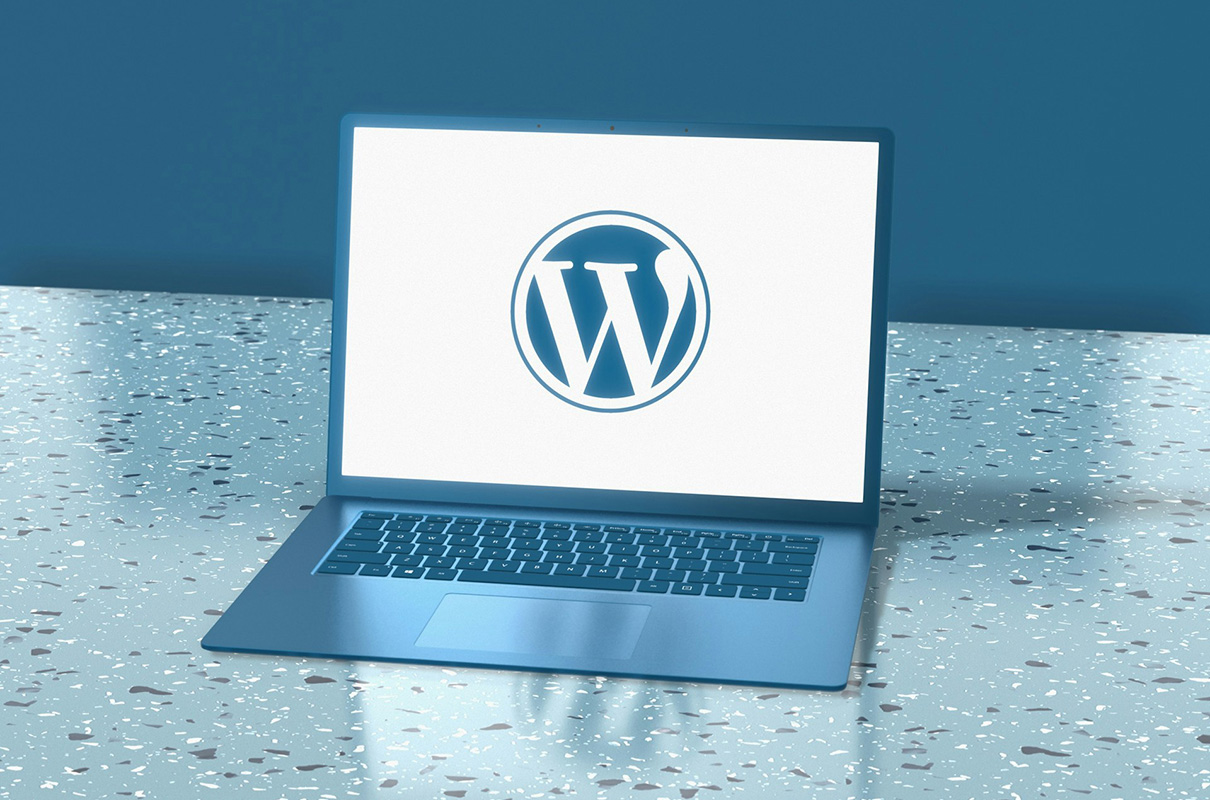Understanding the intricate connection between user behavior and web layout is key when creating or revitalizing a blog. Specifically, the WordPress theme you select is more than just the aesthetic facade of your site. It’s a crucial component that can significantly influence how visitors interact with your content. Namely, it shapes how effectively your content engages and retains your audience. However, making the right choice can seem daunting with so many available options. This guide offers ten comprehensive tips to help you select the best WordPress theme for your blog, ensuring it resonates with your audience and aligns with your vision.
No. 1 Before You Can Choose the Best WordPress Theme for Your Blog, You Must Define the Purpose
Every blog has a unique purpose, and your theme should reflect that. For instance, if you’re a food blogger, you might want a design with features to display recipes attractively. In that case, ‘Foodie Pro’ offers layout options and widgets tailored for recipe content. Conversely, a corporate blog might benefit from a professional, streamlined design like ‘Corporate Pro.’ So, start by listing the key features your blog requires and use these as a filter when browsing.
No. 2 Embrace Simplicity for Impact
Keep in mind that less is more when it comes to the best WordPress theme for your blog. However, note that simplicity here means creating a clear and uncluttered user experience, not a dull or uninspiring one. It involves prioritizing the essential elements of your website’s design to make it more user-friendly and aesthetically pleasing. Take, for example, a design like ‘Astra.’ It provides a clean and straightforward layout that you can personalize to reflect your unique style.
No. 3 The Importance of Responsive Design
A responsive WordPress theme, like ‘Divi,’ is essential for modern blogging as it ensures your site’s layout adapts fluidly to different screen sizes. This adaptability is fundamental for engaging a diverse audience who access your blog through various devices, from smartphones to desktops. More than just making your blog visually appealing on every device, a responsive theme enhances its functionality. It caters to the user experience by ensuring your content is easily accessible and navigable, regardless of how it’s viewed.
In addition, Google gives preferential treatment to mobile-friendly sites in its search rankings. Therefore, choosing a responsive theme also boosts your search engine optimization (SEO) efforts. As a result, it helps your blog reach a broader audience.
No. 4 Harmonize Colors and Fonts with Your Brand
Opting for colors and fonts that fit your brand is one of the most important aspects of designing a blog. Specifically, they represent powerful tools that communicate your brand’s personality and values to your audience. For instance, if your brand embodies a youthful spirit, opting for bright colors and playful fonts, like those available in the ‘OceanWP’ design, can effectively convey this energy. On the other hand, if your brand is more reserved and professional, choosing a design with a subdued color palette and elegant serif fonts would be more appropriate, as these elements project sophistication and seriousness.
You should also know that most WordPress themes have customization options that allow you to tweak these visual elements. Therefore, you can tailor your website’s appearance to perfectly match your brand’s unique character, creating a cohesive and recognizable online presence.
No. 5 Speed Matters: Choose Fast-Loading Themes
A fast-loading theme is crucial for user experience and SEO. Thus, you should avoid designs overloaded with unnecessary features that can slow down your site. Instead, opt for lightweight options like ‘GeneratePress,’ known for their speed and efficiency. Also, before finalizing a design, test its loading speed with tools like GTmetrix or Pingdom. Remember, a faster website equals a happier audience.
No. 6 Cross-Browser Compatibility
Your audience will access your blog using different browsers. Unfortunately, some designs that look perfect in Chrome might break in Firefox or Edge. Therefore, you must choose designs that are tested and compatible across multiple browsers. Note that developers often mention this in their descriptions. You can also run tests by checking your demo site on different browsers.
No. 7 Ensure Your Theme Supports Essential Plugins
Plugins extend your WordPress site’s functionality. However, a design that doesn’t play well with crucial plugins can limit your website’s capabilities. For instance, if you plan to use SEO tools, ensure your theme is compatible with plugins like Yoast SEO. Similarly, WooCommerce compatibility is vital for blogs intending to sell products. At the same time, ‘Hestia’ is an example of a design offering broad plugin compatibility.
No. 8 Opt for SEO-Friendly Themes
An SEO-friendly theme has a clean, optimized code and applies the best practices for search engine visibility. Designs like ‘Genesis Framework’ are built with SEO in mind. Specifically, they ensure your blog is visually appealing and ranks well in search engine results.
No. 9 Read Reviews and Check Ratings
User reviews and ratings provide insights into a design’s performance and the developer’s support quality. Therefore, high ratings and positive reviews are good indicators of a design’s reliability. For example, ‘Avada’ has a large user base and consistently high ratings, which speaks volumes about its quality.
No. 10 Keep Up With the Updates
Companies specializing in website maintenance, like WP Full Care, highlight the importance of staying on top of WordPress updates to ensure better security and features. Thus, you should check the update log before deciding. For example, ‘Enfold’ is known for its frequent updates and robust support, making it a reliable choice.
Conclusion
Choosing the best WordPress theme for your blog involves carefully balancing design, functionality, and performance. Whether you opt for WordPress ready-made themes or seek a custom solution, aligning it with your blog’s purpose and brand identity is key. With these ten detailed tips, you’ll be well-equipped to select a design that looks great and provides an excellent experience for your readers. So, choose wisely, and watch your blog thrive!





